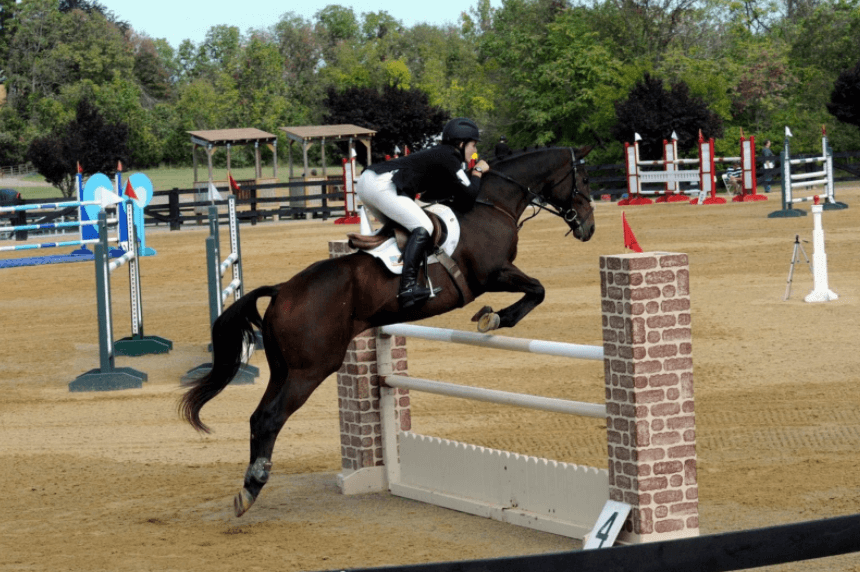The last decade has brought innovations that capitalize on a “sharing economy.” Most of us have encountered the sharing economy even if we don’t realize it. The biggest examples are when you’ve rented an apartment through Airbnb or have gotten a ride through Uber or Lyft. These businesses take advantage of existing stuff (houses and cars, respectively) and facilitate transactions between people who own the stuff and other people who want to use it. When you think about it, that’s all these (multi-billion dollar) companies do.
The sharing economy is useful because it takes advantage of latent value. If you aren’t going to be using your apartment anyway (say you are going away on vacation for a month), it makes sense to rent it to someone else, assuming the transaction costs are low. There is latent value in things that aren’t being used.
I don’t mean to compare horses to cars or apartments, but I have been thinking about how the sharing economy can bring value and joy to the lives of horse riders. Basically, I think that in the right circumstances, for the right people and the right horses, sharing a horse can be a win-win.
 Joker’s Win, a horse I competed through the four-star level. He now splits his time between trail riding with an adult amateur and competing with a young rider. Photo courtesy Ema Klugman.
Joker’s Win, a horse I competed through the four-star level. He now splits his time between trail riding with an adult amateur and competing with a young rider. Photo courtesy Ema Klugman.
I speak from personal experience. I have a lovely gelding who I competed up to the top level of eventing. He now competes at the mid-levels with a junior, and two days a week an adult amateur (who owns half of him) trail rides him or takes the occasional riding lesson on him. For this horse, it works fabulously. His amateur owner doesn’t have the time to ride more than a couple of times a week, and the horse is so experienced that he doesn’t need to be drilled in flatwork or jumping by the girl who is competing him. Having owned the horse for nearly 10 years myself, I can tell that he is happy and enjoys this current setup. The girl is getting great competition experience while his owner is enjoying him on trail rides. It’s a win-win for everyone.
Here are the facts which might make sharing a horse a great idea: Horses are expensive, so splitting the costs of upkeep helps increase affordability. For amateur riders with full-time jobs, or juniors with lots of school obligations, sometimes the stress of having to ride is actually quite large. People feel like they have to ride because they are putting so much money into their horse, but they actually don’t have the time to ride that often. If you share your horse, however, you’ll have more money and less pressure to ride when you really don’t have the time or energy.
Here are the facts which might make sharing a horse a terrible idea: Some horses really need their “one person” while others seem to be happy to have multiple people. Some people are also just not good at sharing things. It might work if one person just wants to trail ride or do flatwork, but it won’t work if both people want to show or jump a lot. It probably won’t work for a young horse, unless it has an exceptional temperament and a good trainer that helps both people bring it along.
At the end of the day, communication is really important in anything involving multiple people and horses. You need a contract, and you need to make sure everyone stays happy—especially the horse. It may not work forever. You should probably have a six-month agreement that you re-evaluate and renew at the end of each term.
You can be creative with the setup. Maybe one person hates riding in the winter, while the other person really dislikes the heat of summer. Instead of splitting rides by the week (2-3 rides a week each) you could split them more by season. Or if one person had a competition goal, they could get the majority of the rides for the month leading up to that show, and for the month afterwards the other person could have the horse mostly to themselves. It should be mutually beneficial for both people (that’s the point of this whole thing, anyway!). Whatever the arrangement, it should be created with the horse’s best interest in mind.
